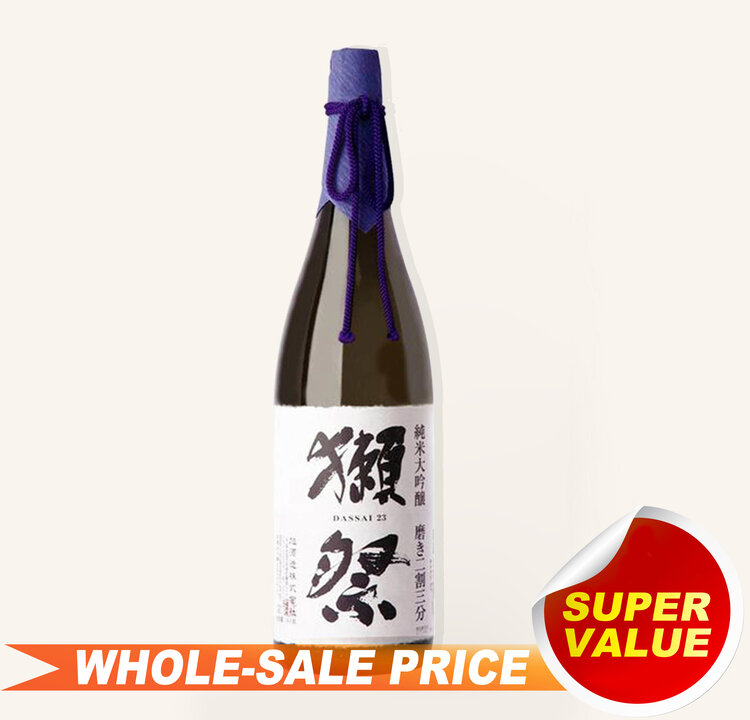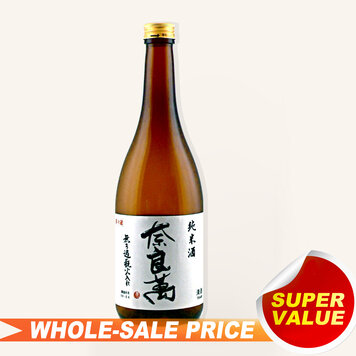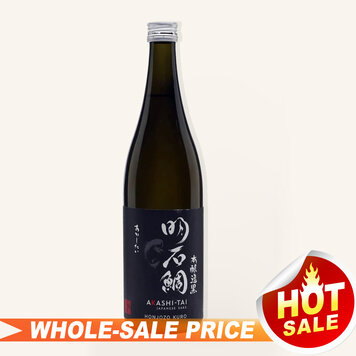| Brand | Dassai |
| Region | Yamaguchi, Chugoku, Japan |
| Spirits Type | Sake |
| Spirits Style | Junmai Daiginjo |
| ABV | 16% |
Product details
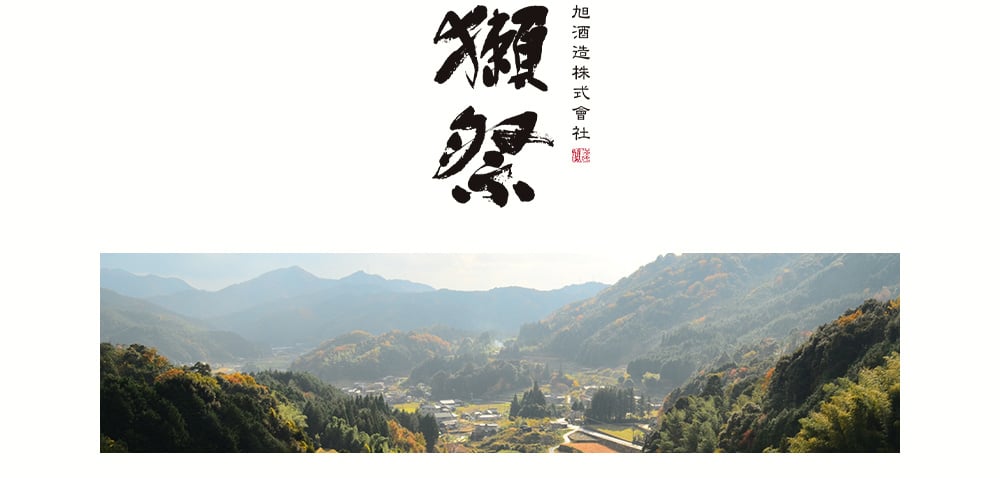
Everyone knows that patience is a virtue, and this sake exemplifies that more than anything else. Dassai "23" is widely regarded as one of the best sakes, pushing the limits of rice polishing. Dassai challenged themselves to brew the ultimate junmai daiginjo as their flagship product. Dassai "23" is a sake polished to 23% of the rice's original size, which is quite high for a flagship product.
This is also a representative sake of Asahi Shuzo, using only the core and essence of Yamada Nishiki rice, polished to 23%, crafting an incredibly refined flavor. Polished continuously for 7 days, 24 hours a day—a total of 168 hours of polishing! It is said to be the highest level of polishing in Japan. With a gorgeous aroma, a refreshing and sweet taste on the palate, and a lingering aftertaste, it gives an elegant, intoxicating feeling.
Rice: Yamadanishiki | Polishing Ratio: 23%

Intense, fragrant floral and melon notes drizzled with clear honey dance on your palate. This sake is fresh-tasting and has a long, elegant, dry finish. The aftertaste is clean, leaving you wishing for another sip.
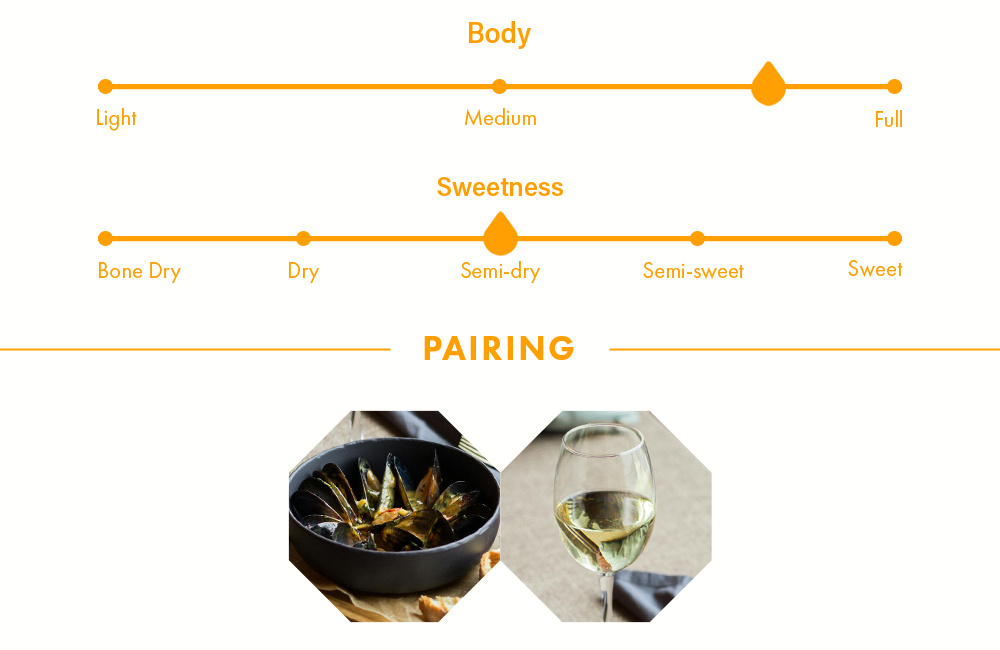
This Dassai 23 pairs well with sushi, sashimi, vegetable dishes, shellfish, lobster rolls, and seafood dishes. A small wine glass is recommended to enjoy the aroma, and a wide cup is recommended if enjoyed with strong-smelling snacks.
The best serving temperature is 10 to 12 °C (50 to 54 °F).
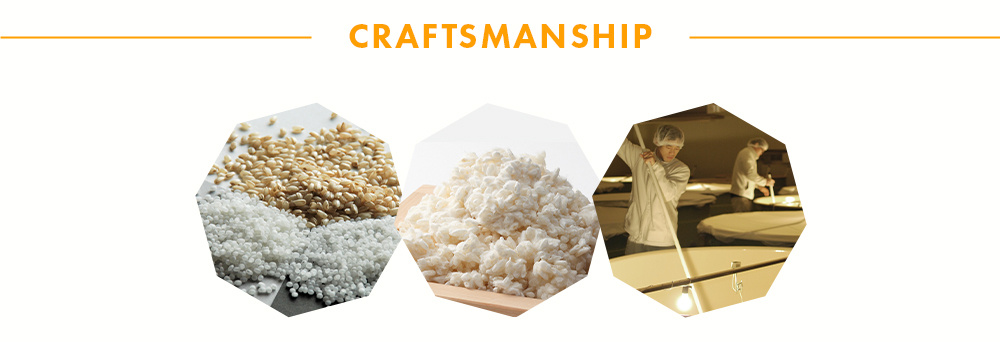
Through crises and difficulties, Asahi Shuzo has carefully innovated its unique way of brewing sake. After the rice is polished and brought into the sakagura, it loses a great deal of moisture due to the frictional heat of the polishing process, which takes up to 144 hours.
A suitable rice for fermentation would need to maintain its enzymatic power during the long 45-day fermentation period. So, it is necessary to make steamed rice that is hard on the outside and soft on the inside. Making koji is the most important task in sake crafting; keeping the yeast suitably supplied with glucose allows for optimal control of the sake fermentation speed.
All of their moromi (i.e., fermenting mash) are fermented at low temperatures for a long time, just as other producers would do for a special craft, for example, participating in a sake competition.


